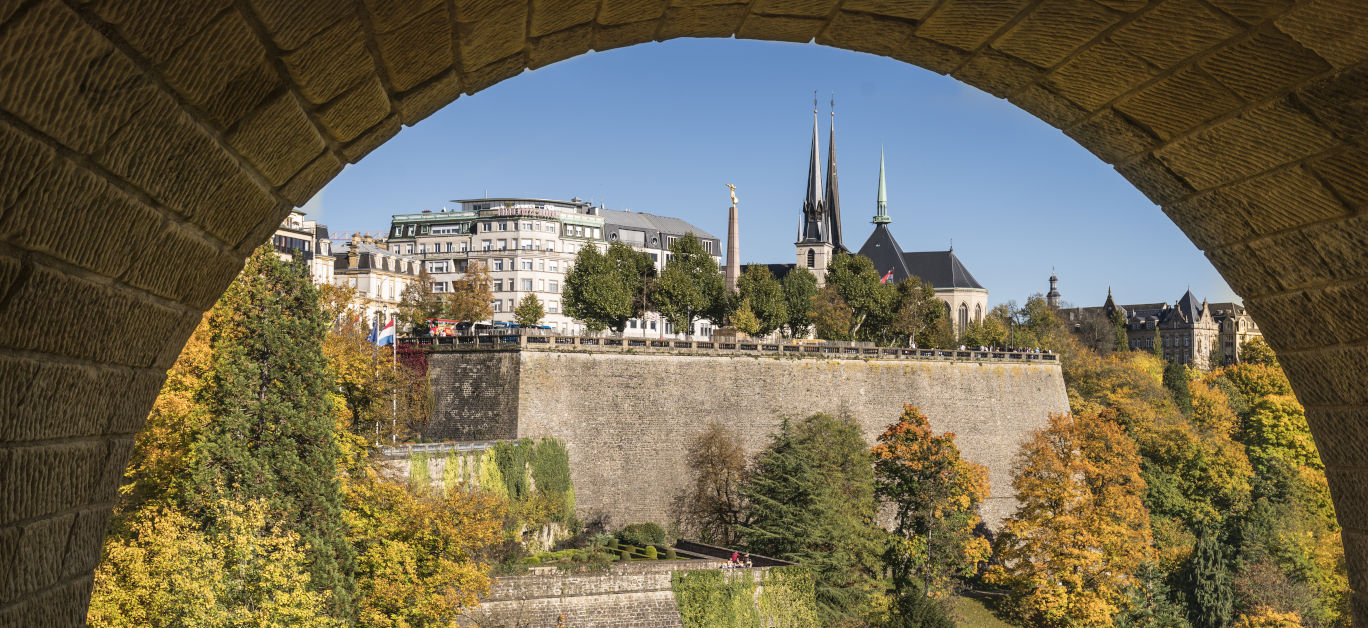Prior to the outbreak of Covid, I was fortunate to visit the captivating City of Luxembourg, at the conflux of the Alzette River and its tributary, the Pétrusse. The capital of the Grand Duchy of Luxembourg is the only remaining Grand Duchy in the world and one of the smallest sovereign nations in Europe.
Luxembourg shares its borders with France, Germany and Belgium, and Luxembourg City is the site of the ruins of Luxembourg Castle, which sits on a promontory, known as the Bock. The drawbridge, which once linked the rocky outcrop to the city, was replaced by the double storey Pont du Château in 1745 by the Austrians. Records show that the Romans, and later the Franks, built the original fort and a medieval town materialised.
In 963, Count Siegfried of the Ardennes, a relative of King Louis II and Emperor Otto the Great, purchased the castle and centuries later the walls on the western side of the property were built, with the rocks of the Petrusse and Alzette valleys providing a natural defence.
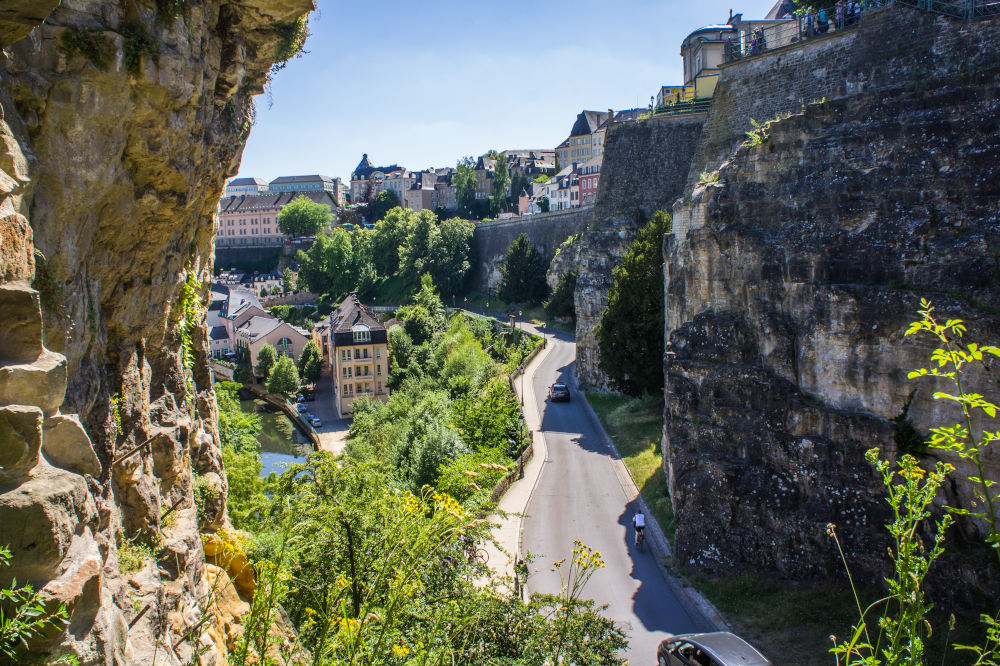
According to legend, Count Siegfried married a beautiful mermaid and the terms of her marriage demanded one day of privacy each week in order to bathe. It is said that Siegfried failed to keep his promise and watched her bathing. Her bath tub sank into the rock below the castle and she vanished beneath the waters of the Alzette. The mermaid, taking the form of a beautiful woman or a viper is said to briefly emerge from the river once every seven years.
In 1443 the castle fell to the control of the Burgundians and over the next four hundred years the most highly skilled military engineers from Burgundy, France, Spain, Germany and Austria transformed the stronghold, which became known as the ‘Gibraltar of the North’. The bastion was strengthened by three fortified rings with 24 forts, 16 additional works of defence, and a network of casemates stretching for 23 kilometres providing shelter for the troops and their horses, and a network of bakeries, kitchens and workshops were assembled.
Following the declaration of neutrality on 11 May 1867, the military vacated the fortress and over the following 16 years 90% of the defences were destroyed, but the casemates remained. The entrances were sealed and 17 kilometres of the tunnels remain in place today. The Old Town and the casemates were recognised as UNESCO World Heritage Sites in 1994 ensuring that visitor numbers continue to grow every year.
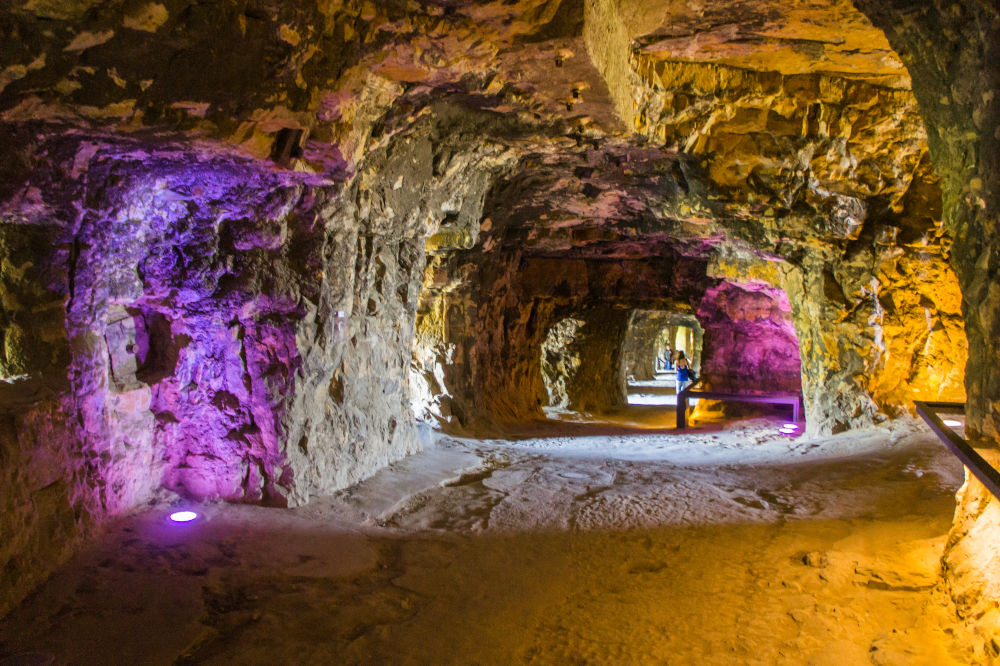
Other attractions include the glorious Palace of the Grand Dukes, parts of which reflect the outstanding beauty of the Flemish Renaissance style, and which dates back to 1572. The centre section of the property was built in the Baroque style in the early 1740s but, in 1891, it was transformed into the Renaissance style and the latest restoration was completed in 1995.
Adjoined to the palace is the chamber of deputies, which dates back to 1859 and the City Palace, which now hosts several administrative buildings and festival halls, is connected to the city by a bridge. For more information on local history I visited the National Museum of Art and History, located on Marche aux Poissons. The extensive collections, spread over five floors, include mesmerising exhibits from the Gallo-Roman era and the Middle Ages.
To appreciate how the city has developed into today’s thriving banking and administrative centre, I took a stroll around Kirchberg in the north eastern quarter of the capital. Several European Union institutions including branches of the European Commission, the European Court of Justice and the Secretariat of the European Parliament are based in this area.
For lovers of contemporary art, the nearby Mudam Museum, located on Park DräI Eechelen, is the place to be. The striking building, designed by Leoh Ming Pei, features a glass canopy, which ensures that natural light floods into the spacious interior. It is an outstanding example of modern architecture’s ability to be sympathetic to the beauty of the natural surroundings.
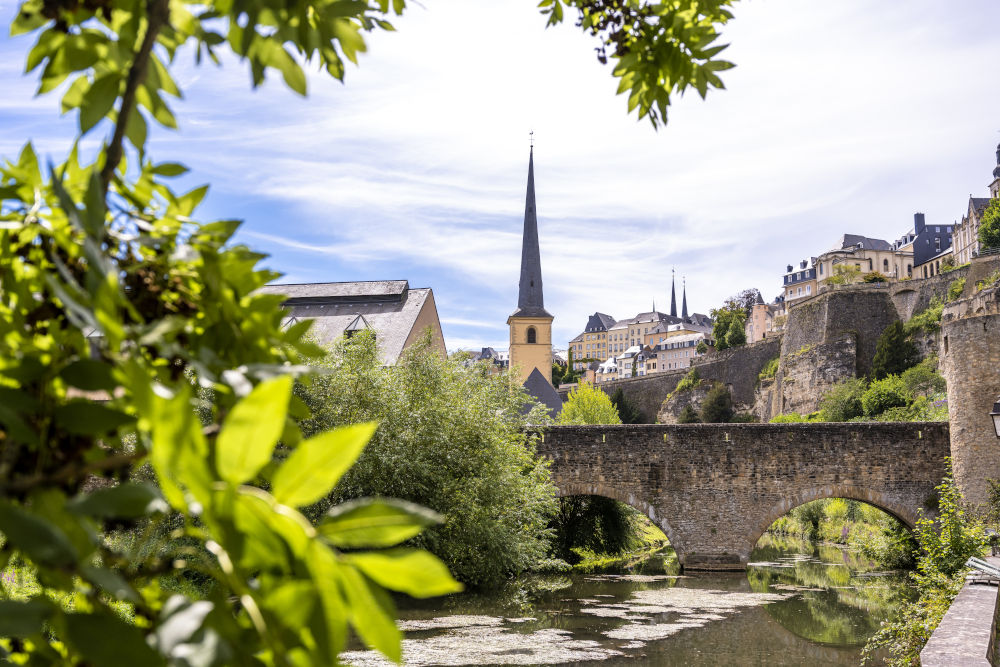
Feeling in need of a breather, I headed for the Grund, a precinct located in a valley below the heart of the city along the banks of the Alzette River. A trifle weary, and seeking the easy option, I hopped in the elevator, which descends through the cliff. Wandering around this picturesque area and admiring the stunning explosion of colourful flowers and towering trees, I was instantly rejuvenated and ready to explore further.
Another site, which offers an intriguing insight into the city’s history, is the imposing Notre Dame Cathedral. The property was once a Jesuit church, dating back to 1613, and it is an excellent example of Gothic architecture with Renaissance adornments. In the late 18th century, the church obtained the miraculous image of the Maria Consolatrix Afflictorum, the patron saint of Luxembourg.
Five decades later the church was consecrated and in 1870 the Church of Our Lady was raised to Cathedral status and renamed the Notre Dame by Pope Piux IX, the longest reigning elected pope in the Catholic Church. The crypt is the final resting place for prominent members of the Grand Ducal family including the Grand Duchess of Luxembourg, the Consort of Grand Duke William IV.
Peckish after all that exploration, I made my way to Mosconi, a first-class Italian restaurant, which is only a short walk away on Rue Munster. Recipient of two Michelin stars, the menu features a wide range of delicious Italian dishes with 90% of the products imported direct from Italy and includes Tuscan beef, Piedmont veal and truffles from Alba. The high-end service and an outstanding pasta menu resulted in an unforgettable luncheon experience.
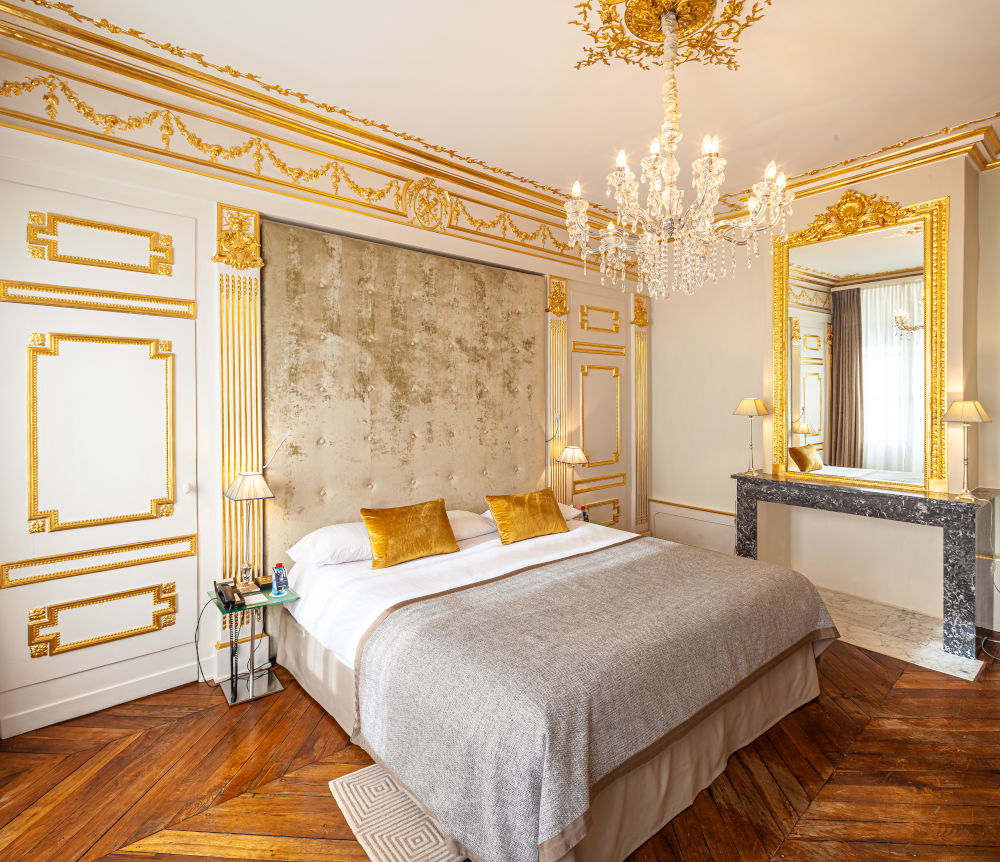
After such a sumptuous feast I was easily persuaded to take an afternoon snooze. The Place d’Armes hotel located on Place d’Armes square, in the centre of the city, offers the highest levels of service. I was most fortunate to secure one of the spacious duplex suites measuring 50 m2. The contemporary furnishings, plush carpeting and rich fabrics ensure the ultimate standard of comfort and with a separate living room on the lower floor and a tranquil bedroom above, I enjoyed a deep and rejuvenating slumber.
For another exceptional dining experience I didn’t need to venture outside. La Cristallerie, the hotel’s gourmet restaurant, offers an enticing selection of delicious dishes served in opulent surroundings. Or, if you prefer a more informal affair, visit the Big Beer Company on Rives de Clausen. Consider sampling the national dish, a bowl of ‘bouneschlupp’, which is a hearty green bean soup with bacon, potatoes and onions. Order a pint of home brewed ale and raise your glass to Luxembourg City, the only European city to achieve the title ‘European Capital of Culture’ twice.
Factbox
Flights from Heathrow to Luxembourg take approximately one hour and 15 minutes.
For more details of the featured accommodation, visit hotel-leplacedarmes.com and for more information on visiting Luxembourg City, head to visitluxembourg.com.
Luxembourg images courtesy visitluxembourg.com. Hotel images courtesy Le Place d’Ames.












